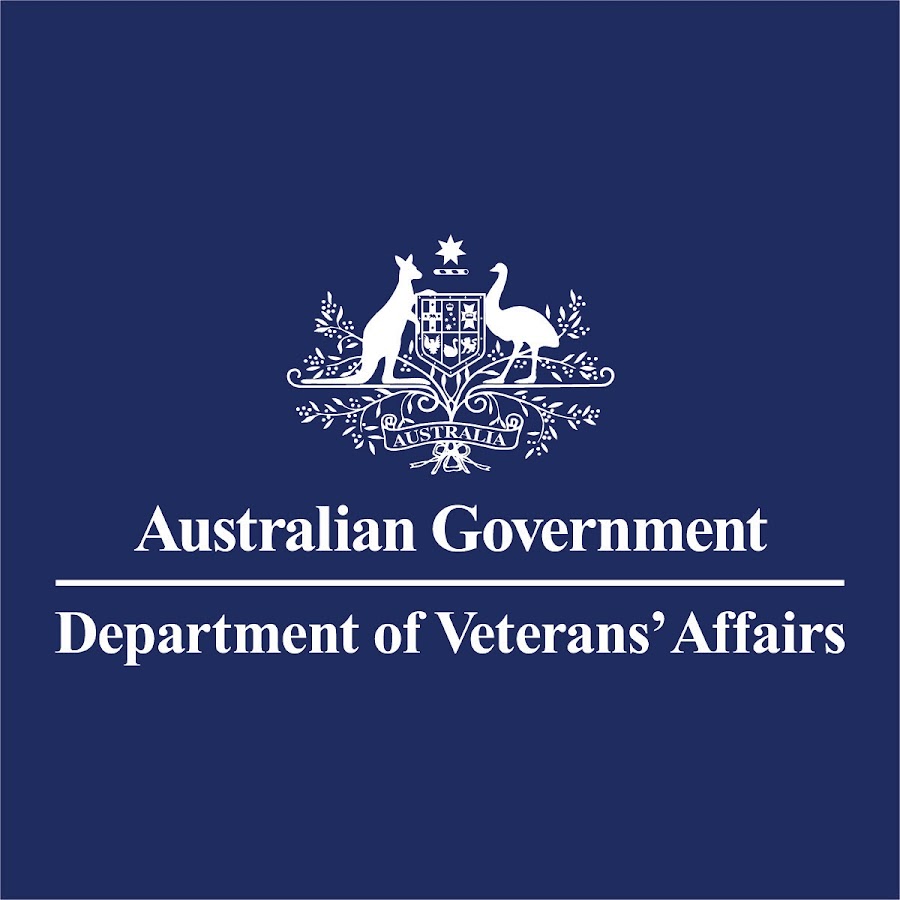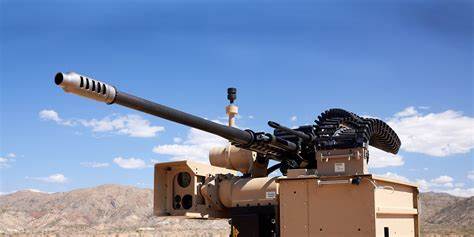“What characterizes war, it’s a battle of will and magic bullets don’t exist. There is certainly a need for precision and really high-end weapon systems, but there’s also a need for mass, relatively inexpensive weapon systems.” Australian Maj. Gen. Vagg told Breaking Defence.
Maj. Gen. Richard Vagg spoke with Breaking Defence during the 2024 AUSA conference. (Australian Army)
WASHINGTON — America’s largest defence conference, the annual gathering of the Association of the US Army, brings in a reliable international presence for the conference, including a sizeable contingent from Australia. Among the top officials making the trip to Washington for the conference was Australian Army Maj. Gen. Richard Vagg, the service’s head of Land Capability, a role that sees him provide acquisition requirements for the service.
Vagg, who was the top military officer on Australia’s recent Defence Strategic Review, talked with Breaking Defence on the sidelines of the conference. Among the topics discussed: lessons of Ukrainian artillery, Boxer troop carrier production, the future of the Tiger ARH helicopter, the new Redback Infantry Fighting Vehicle and more.
The interview has been edited for length and clarity.
Breaking Defence: Let’s start with Boxer. How is that program progressing?
MAJ. GEN. RICHARD VAGG: As you know, we’ve got our Block One vehicles in service now. We took delivery of the first Australian-built Boxer in July and we are working with the company (Rheinmetall Defence Australia) to work out what the drum beat of vehicles is going to be. … We’re expecting to receive the Boxer between now and 2028, 2029, over that period. 211 vehicles in total will be our Boxer fleet. Plus the 100 vehicles that we’re doing the government-to-government deal back into Germany with. [Australia is also building 100 Boxers to be exported to Germany.]
How many are you expecting to have by the end of the year?
I’m not sure at this stage.
Are you comfortable with everything being on track with Initial Operating Capability and Full Operating Capability?
I’m comfortable. We know we’ve got a really good capability.
What about the Redback Infantry Fighting Vehicles, made by Hanwha in Australia. I know it’s still early days, but how are you feeling about that? Any hiccups you’re seeing early?
No, we’re really pleased, actually, with the relationship that we’ve developed with Hanwha … You know, they’ve recently opened what’s called the Hanwha Armoured Centre of Excellence down in Geelong. That was opened ahead of time, below budget. So, all the indicators are there — like the facilities and building a factory is generally pretty difficult. So, enjoying working with Hanwha and they’ve really established themselves in Australia.
How’s that relationship developing? Hanwha has just kind of blown up the last couple of years in Australia, in a good way.
It’s been a really good relationship. It’s early days, yeah, so I don’t want to sit here and say it’s [always] going to be awesome, but all the indicators are really positive … What we hope is that actually establishes an ability to build an export base from Australia. If Hanwha can manage that, that would be really powerful.
What’s the plan for aviation as you bring down the Tiger ARH helicopters?
As you may well know, we’re replacing our Tiger fleet with AH-64 Apaches. So we expect to receive our first Apaches by Q4 next year. We’ll manage the phase out of the ARH capability Tiger with the introduction in the service of the Apaches. It’s important that we maintain that capability, and the way we’ll do that is, we currently have our attack aviation capability in Darwin. Apache will be delivered into Townsville. So, one aviation regiment will move from Darwin to Townsville, and as we introduce Apache, work up to an IOC capability, we’ll close down Darwin and the capability with Tiger.
What happens then to the Tigers?
We will provide options for government in terms of what they want us to do with Tiger, when it comes out of service — everything from contributing to the global supply fleet, there may be gifting options there. It’s probably too early to tell at this stage, and that’ll be a government decision.
Is there any military value in mothballing them, or does that just not make any sense for you?
Cost of ownership becomes problematic for us. It’s a really technical airframe here. It’s effectively, I don’t think it’s the technical term, but it’s like software defined radios. It’s a software defined air system. It’s not something you just lock in the shed and then roll it out at a later date.
You’re an artillery guy by training. Are there lessons that are coming out of Ukraine and to a lesser extent Gaza that you feel are being successfully incorporated into your planning, or is there not as much relevance to those takeaways, because it’s such a different situation in Australia?
There are some really strong lessons that are coming out of out of all those theatres you’ve mentioned. And I think it underpins that what characterizes war, it’s a battle of will and magic bullets don’t exist. There is certainly a need for precision and really high-end weapon systems, but there’s also a need for mass, relatively inexpensive weapon systems.
A few years ago, people were starting to draw down their stocks. Now you can’t buy 155 [shells] in the world, and we can’t produce enough 155s. You can’t produce enough propellant or explosive fill for those types of systems now. So, I think some of those hard learned lessons from last conflicts are definitely coming forward in terms of us drawing those lessons into our theatre, the Indo-Pacific, of what it means for us.
We as an army, need to be prepared to conduct close combat. And we need to have all the capabilities that come with close combat.
You mentioned 155s. How important is it for Australia to get a domestic capability for insensitive explosives?
I think our government’s been really clear. You just look at the investment they put into guided weapons and explosive ordnance in Australia. Air Marshal Leon Phillips is the chief of our Guided Weapons and Explosive Ordinance, very active in terms of establishing domestic capabilities. And look at some of the announcements that have been made recently in terms of the domestic production of NSM in Australia. I know we’re looking at 155; it’ll be crawl, walk, run. I don’t need to say it’s important — I think the government’s actions, the amount of money and effort they’ve invested in that area makes that pretty clear.
What about solid rocket motor production?
Again, that’s part of that ecosystem the GWEO group is starting to develop. We know some of the rate limiting factors to some of our long-range strike capabilities is access to motors.
So that’s something you think is important to have domestic production of?
Bloody oath it does. And I think there’s an active request for information with industry in terms of that capability being introduced into Australia, and how industry will go about dealing with that.
Obviously, AUKUS is the biggest military modernization effort facing Australia. Are you at all concerned or seeing signs at all that some land projects or land modernization efforts might get delayed, pushed back, underfunded because that money is needed to go towards AUKUS instead?
No, and I’m cautious in doing that. Our National Defence Strategy and our Integrated Investment Program have looked across our force structure and have prioritized capabilities and investment in capabilities to have an integrated force, and we’re quite clear about not having an overly weighted force in one area. It’s about an integrated force, and an integrated force is one where the five domains are thought about and integrated before they hit the objective. An integrated force is about combining and integrating those effects well before the objective, and much like a stool, once you remove one of those legs, it becomes uneven and wobbly.
So, probably a long explanation, but you know, we’ve made some very, very considered decisions about our investment plans from a ADF perspective and are quite comfortable where we’re sitting in terms of our land projects.
Picture: An armed reconnaissance ‘Tiger’ helicopter from the 1st Aviation Regiment fires a Hellfire missile during Indo-Pacific Endeavour 2022. (Australian Ministry of Defence)












